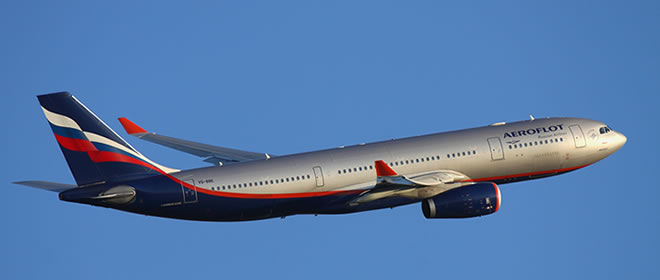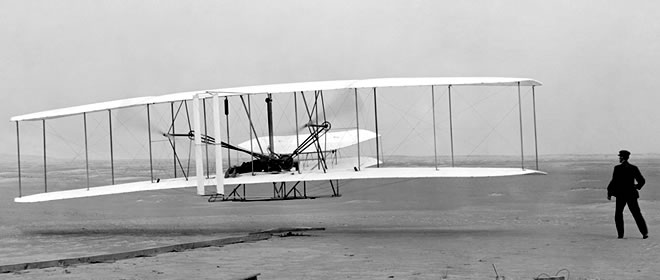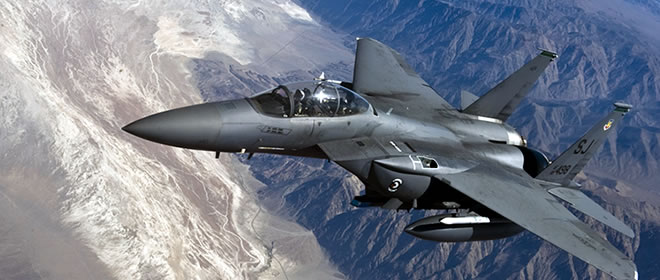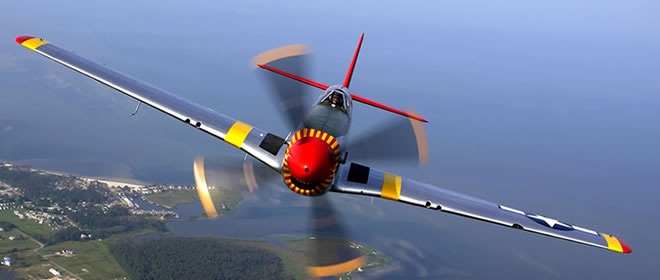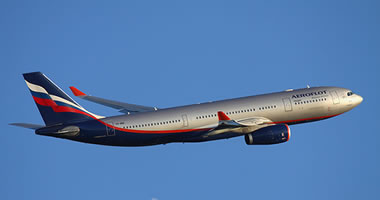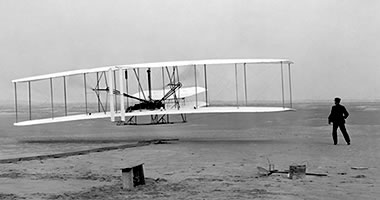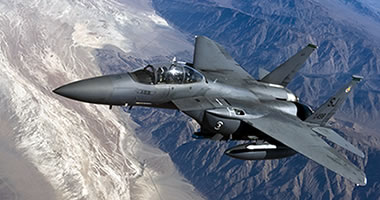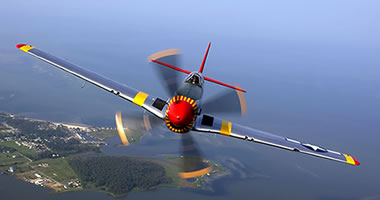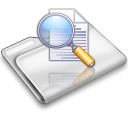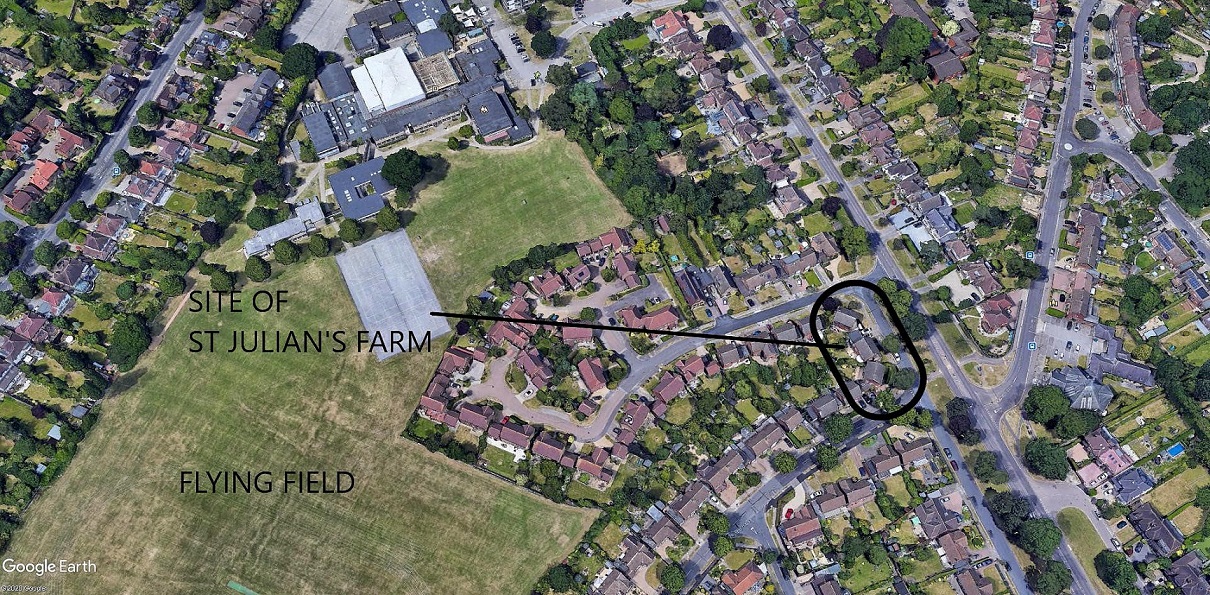St Julians
St JULIANS: Civil aerodrome
Note: These maps and pictures were very kindly provided by Mr Michael T Holder
Operated by: County Aviation Company
Flying club: Hertfordshire Flying Club
Location: Just W of the A5183, which was the A5 trunk road, probably until the M.1 was built (?). About 1nm SSW of St Albans town centre
Period of operation: January 1933 to July 1934
NOTES: Mike Holder who is a great friend of this 'Guide' managed to unearth this valuable information from Mr Grant Peerless:
https://www.sopwellmemories.org.uk/memories-of-st-julians-farm-mrs-terry/
"......St Julians Aerodrome, a short lived enterprise which was brought into use on 14 January 1933 by the County Aviation Company and used by the Hertfordshire Flying Club. It closed eighteen months later in July 1934, probably due to the proximity of Handley Page's Radlett Aerodrome. It did, however, manage to host an apperance of Sir Alan Cobham's National Aviation Day display (Flying Circus) on 24 May 1933. The aerodrome was situated on land which is now part of Marlborough School's playing fields."
The term 'Flying Cirus' had been generally adopted by the press and public to describe any of the displays held by a host of different operations from the early 1930s certainly. Possibly much earlier? It was most certainly never used by Sir Alan Cobham who detested the term. But such is the cruel fate of history. He being acknowledged as the 'King of Flying Circuses', even at the time.
I had been working on this project for over twenty years, (by 2020), and had discovered St Julians a long time ago. Originally I could find very little information and had it listed under the entry: "St Alban's flying sites". I had found where it was situated but even questioned if the Hertfordshire Flying Club had operated from there.
So imagine my delight when in June 2020 Mike Holder contacted me to say he'd found some information and maps. And, he was actually looking for somewhere else! Finding my miserable efforts, although he would be far too kind to describe them as such - or at least, not to me, he set about some research.
I do try within this 'Guide' to point out that so much of its main worth is due to so many very kind and generous people offering advice, information, maps and pictures etc.
THE FIRST VISIT
Thanks to Mike Holder taking it upon himself to research the history of Sir Alan Cobham's 1929 Municipal Aerodrome Campaign, it now appears that St JULIAN'S was the 84th venue, and Cobham landed here in G-AAEV, on the 19th September 1929. The original plan was for Cobham to visit 107 venues, two being in South Wales and eight in Scotland. In that plan St ALBANS was the 80th venue. However, due to a couple of crashes and other setbacks, he eventually managed to visit 96 venues, which in itself was of course a magnificent achievement.
The aircraft he mostly used was the ten-seater de Havilland DH61 'Giant Moth' G-AAEV, named 'Youth of Britain'. As a general rule at one-day events, and the majority were one-day events, Cobham would aim to arrive at 11.00, or thereabouts, and he was rarely late! Being met by a gathering of local dignitaries, he would almost immediately take them flying in the local area. Sometimes a slap-up luncheon had been arranged but otherwise a gala dinner, (sometimes both), and these gave Sir Alan a fine opportunity to extol the numerous benefits of a town having a local aerodrome/regional airport as a civic amenity.
Following treating the dignitaries for a flight, Cobham would then take selected schoolchildren for flights, the sponsored costs being paid by a then anonymous donor. We now know this was Lord Wakefield of Castrol Oil fame, and he had offered to pay Cobham for taking 10,000 schoolchildren for flights throughout the six month Tour. Finally, Cobham would take fare paying passengers flying, usually until dusk, presumably to help off-set the costs of the Tour.
He took his own mechanics with him, (two usually I think?), and these poor souls had the job of acting as ground-crew during the day, then making sure that the aircraft was maintained to a very high standard. Presumably these men were replaced periodically, as the schedule Cobham had set for himself was quite awesome, and he was most certainly a 'workaholic' of phenominal stamina. As well as being of course a renowned national hero due to his previous exploits, especially in making exploratory flights to Africa and the Middle East and beyond, for establishing routes for Imperial Airways.
We'd love to hear from you, so please scroll down to leave a comment!
Leave a comment ...
Copyright (c) UK Airfield Guide
